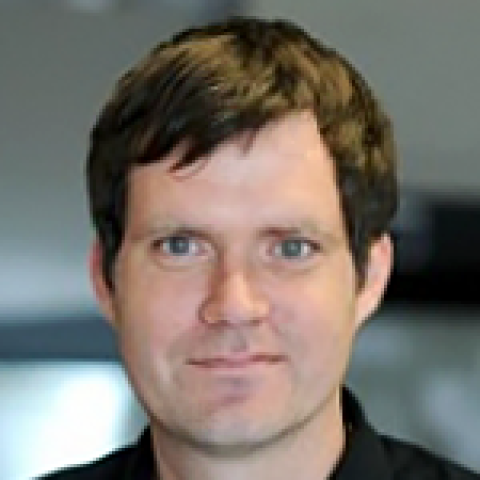
The interplay of metabolism and structure in microbial communities
LARS DIETRICH, COLUMBIA UNIVERSITY
Studies of signaling cascades can reveal important mechanisms driving multicellular development, but the models that emerge often lack critical links to environmental cues and metabolites. We study the effects of extra- and intracellular chemistry on biofilm morphogenesis in the pathogenic bacterium Pseudomonas aeruginosa, which produces oxidizing pigments called phenazines. While wild-type colonies are relatively smooth, phenazine-null mutant colonies are wrinkled. Initiation of wrinkling coincides with a maximally reduced intracellular redox state, suggesting that wrinkling is a mechanism for coping with electron acceptor limitation. Mutational analyses and in situ expression profiling have revealed roles for PAS-domain and other redox-sensing regulatory proteins, as well as genes involved in motility and matrix production, in colony morphogenesis. To characterize endogenous electron acceptor production, we have developed a novel chip that serves as a growth support for biofilms and allows electrochemical detection and spatiotemporal resolution of phenazine production in situ. Through these diverse approaches, we are developing a broad picture of the mechanisms and metabolites that exert an integrated influence over redox homeostasis in P. aeruginosa biofilms.
October 12th, 2017 at 12:15 PM in Clark Center Seminar Room S360
Hosted by:
Paula Welander, Assistant Professor of Environmental Earth System Science, Stanford University
Pre-Seminar October 10th, 2017 at 12:15 PM in Clark S361
